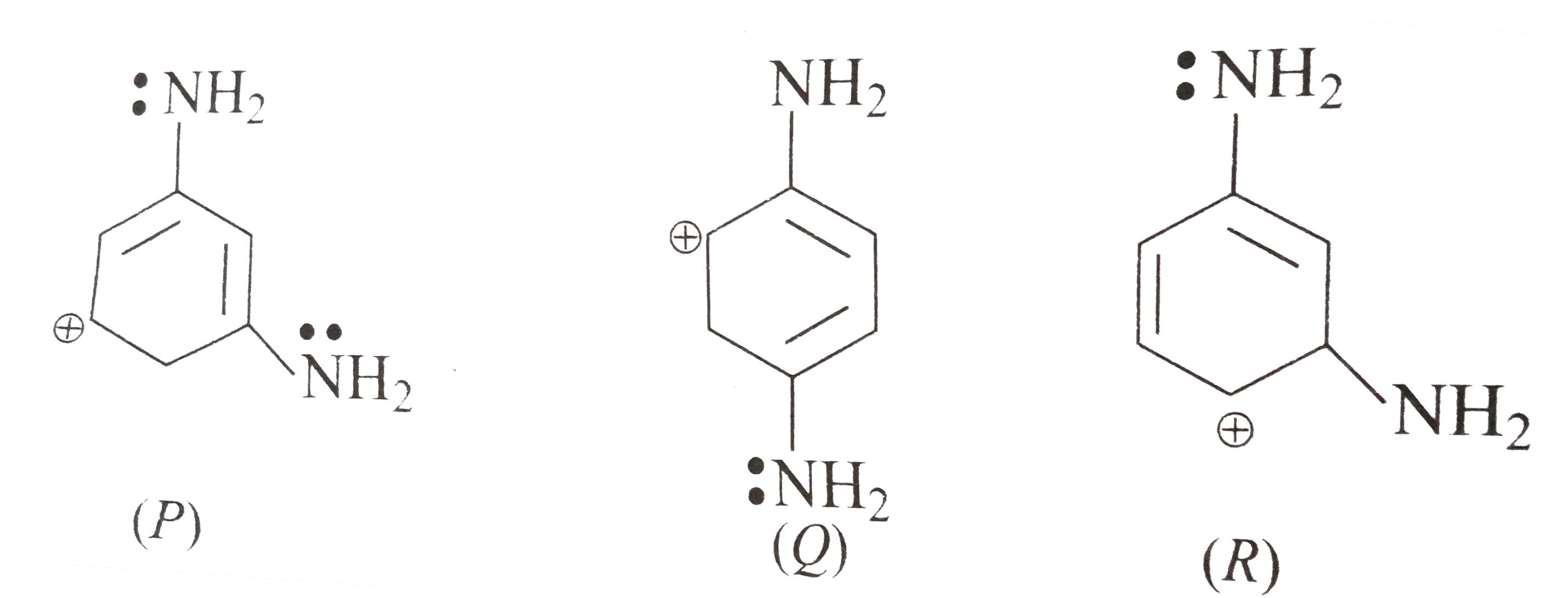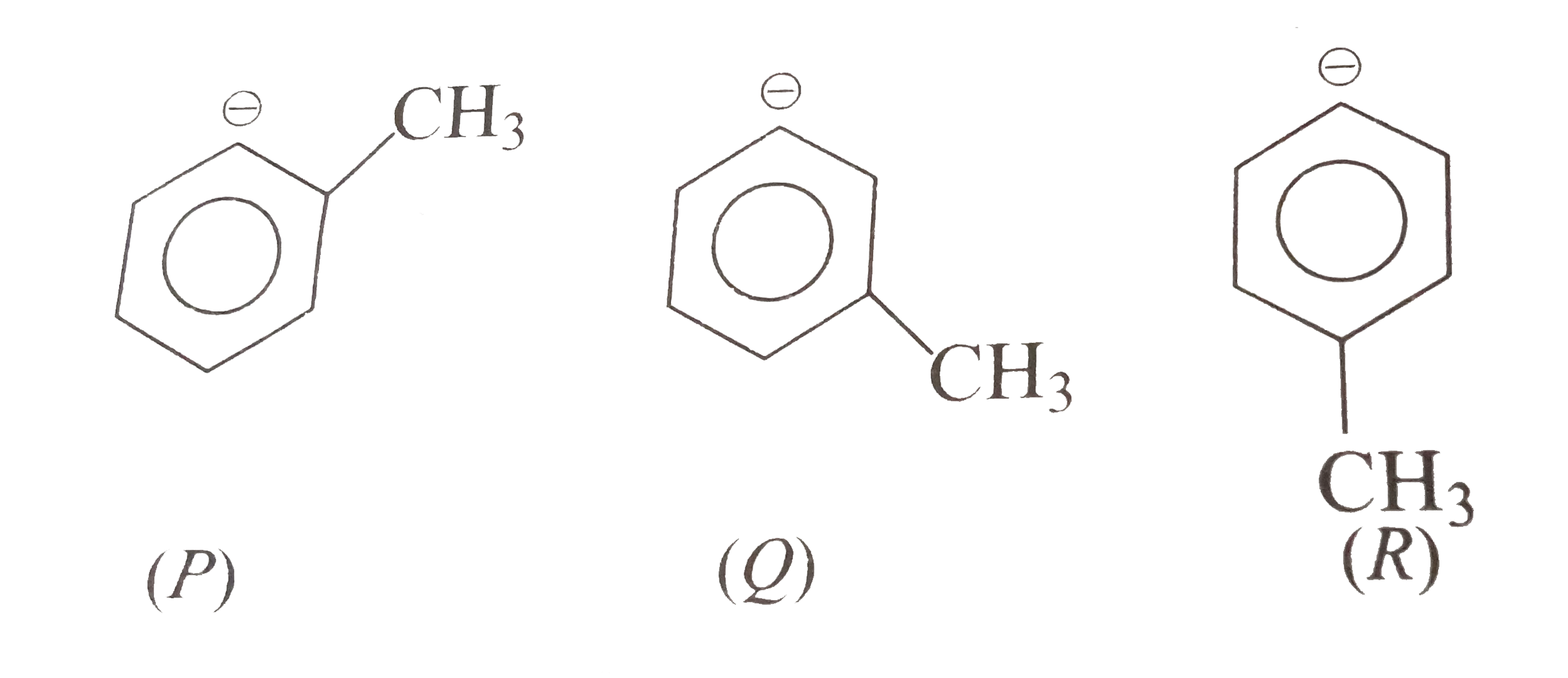Which of the following order is correct?
A
(i)<(ii)<(iii)
B
(i)<(iii)<(ii)
C
(iii)<(ii)<(i)
D
(ii)<(iii)<(i)
Video Solution
Text Solution
The correct Answer is:D
Presence of electron releasing group at ortho or para position decreases the rate of nucleophilic substitution reaction. In compound (ii), electron releasing group is present at meta position w.r.t chlorine, so the impact is less but in compound (ii) it is present at ortho position
Thus, the rate of reaction towards nucleophilic substitution is least in compound (ii) and highest in compound (i) as there is no electron releasing group in this compound.
|
Updated on:21/07/2023
Topper's Solved these Questions
- BOOK - NCERT EXEMPLARCHAPTER - GENERAL PRINCIPLE AND PROCESSES OF ISOLATION OF ELEMENTS EXERCISE - General Principle And Processes Of Isolation Of Elements55videos
GENERAL PRINCIPLE AND PROCESSES OF ISOLATION OF ELEMENTS
- BOOK - NCERT EXEMPLARCHAPTER - P-BLOCK ELEMENTSEXERCISE - P-Block Elements72videos
P-BLOCK ELEMENTS
Similar Questions
Knowledge Check
- Question 1 - Select One
Which of the following orders is correct?
ACH3F>CH3Cl (dipole moment)BHF>H2O (extent of hydrogen bonding)CC5H12>C3F12 (boiling point)DKCl>NaCl (solubility in water) - Question 2 - Select One
Which of the following orders is correct?
A(i) gt (ii) gt (iii) gt (iv)B(ii)gt (iv)gt (iii) gt (i)C(ii) gt (iv) gt (i) gt (iii)D(ii)gt (iii)gt (iv) gt (i) - Question 3 - Select One or More
Which of the following orders is correct for the size ?
AMg2+<Na+<F−<AIBTe2−>I−>Cs+>Ba2+CFe3+<Fe2+<Fe4+DMg>AI>Si>P

Which of the following orders is correct for heat of hydrogenation of these compounds ?View SolutionWhich of the following orders is correct for the stability of these carbocations?
 View Solution
View SolutionWhich of the following orders is correct for hyperconjugation of these radicals?
 View Solution
View SolutionWhich one of the following orders is correct for the bond dissociation enthalpy of halogen molecules?
View Solution
Which of the following orders is correct for the resonance energy of these two compounds ?View Solution


